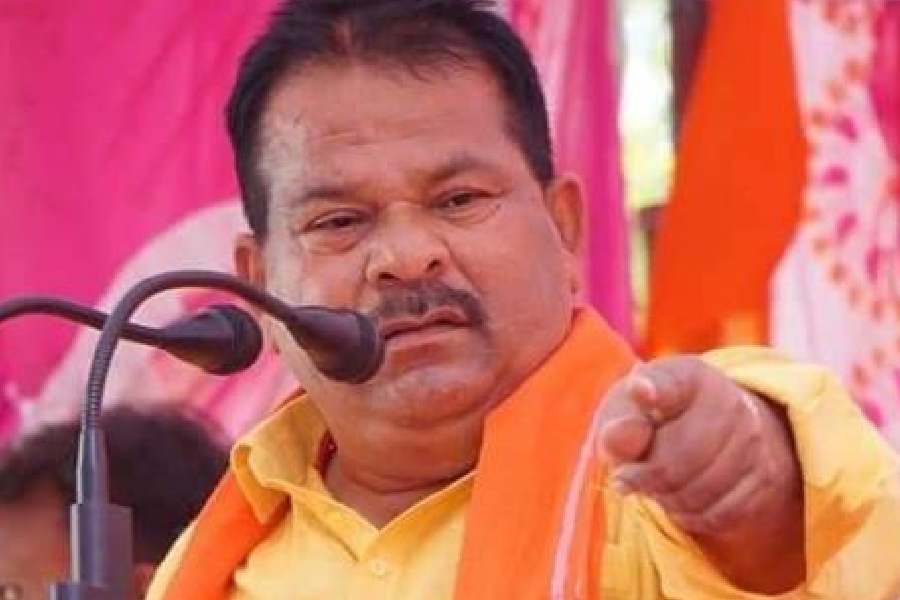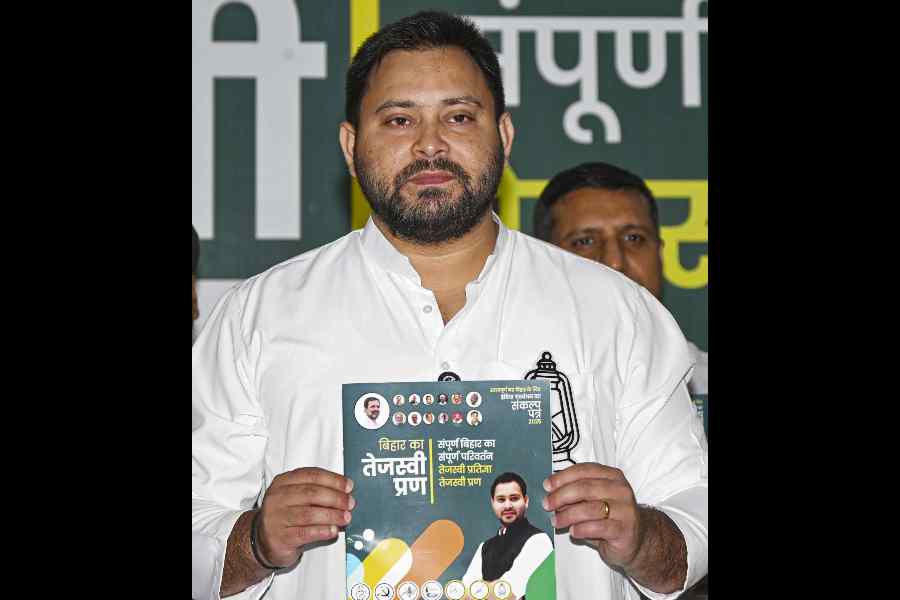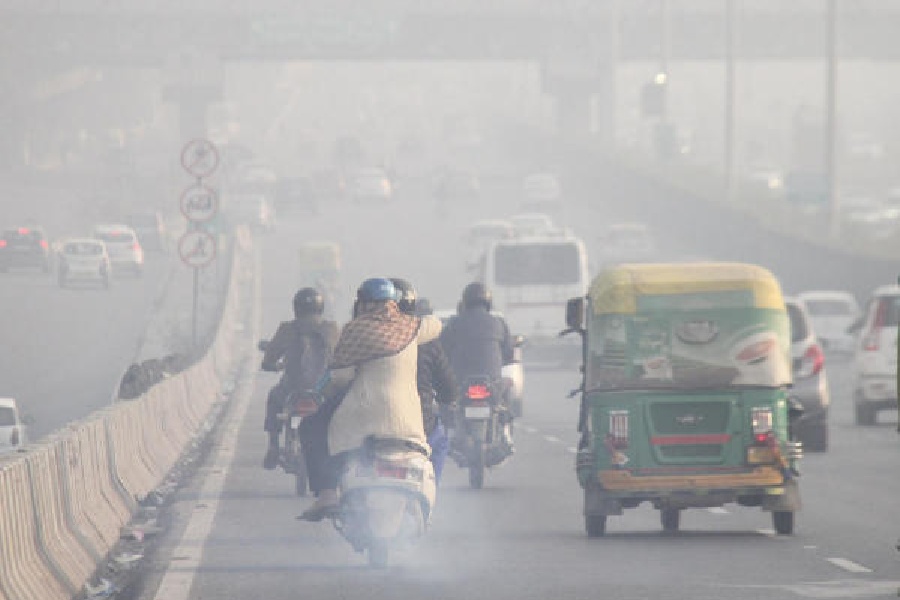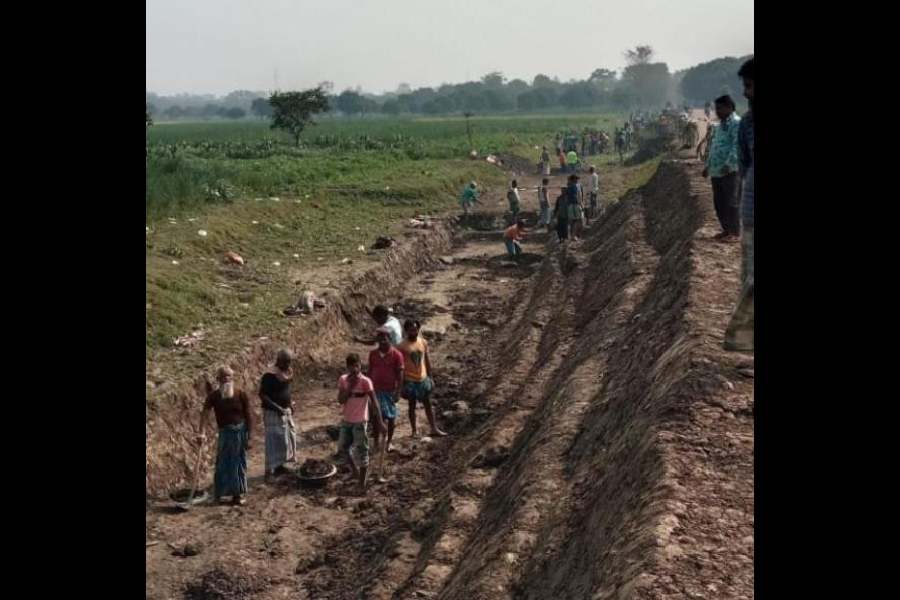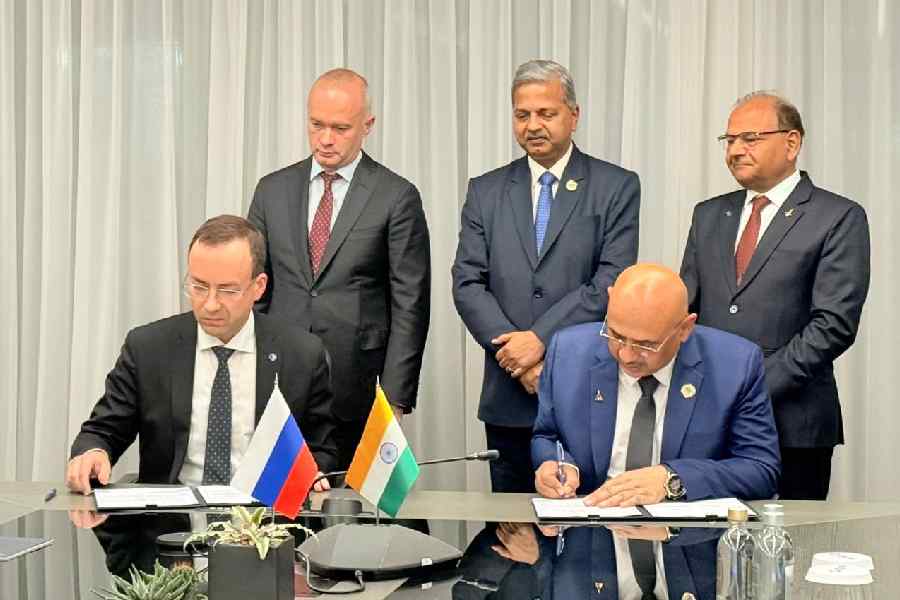Imagine receiving the following call while you are in the midst of your day’s work. Caller: I am calling from xxxx. We are conducting a survey on political preferences across the country. The survey will not take more than 10 minutes of your time.
What are the chances that you are going to respond to the caller? Perhaps you are intrigued by the topic; perhaps you need a 10-minute break from your work — so you end up taking the call. Or perhaps it is simply a bad time of the day — you are running to attend a meeting or your five-year-old needs attention — and you chose not to answer. Several factors thus go into deciding whether you would be spending the next 10 minutes of your life with the caller.
Each call by the surveyor to a respondent involves a decision on the part of the latter as to whether to respond to the survey or not. The response rate is a critical element of any study relying on survey data. Let us assume that the above illustration was an opinion poll conducted before the general election in the country. If there is a poor response to the survey from the electorate in India’s metropolitan cities, its results will not be representative and will thus become ‘suspect’. One wonders whether poor response to opinion polls is a reason as to why they have often failed to accurately predict election results. It is, therefore, pertinent that researchers and the larger audience interested in results emanating from any survey pay attention to survey response rates.
Historically, India, like other low- and middle-income countries, has had a high response rate to surveys. Even in the latest National Family Health Survey (2019-21), only 2 out of 100 households were not likely to respond to the survey. While moderate response rates have led to researchers examining the contours of response rates in high-income countries, the high response rate in India has meant that researchers have not spent much time understanding the factors that have a bearing on it.
However, times are changing. With increasing urbanisation, industrialisation and socio-economic development, there is much heterogeneity within the overall high response rate. Response to NFHS-5 is, for instance, lower in urbanised states than others for men than women. The mode of administering the survey also makes a difference. In India, mobile ownership is lower among women than men; this reduces their chances of responding to telephonic surveys. On the other hand, we can well imagine the difficulty that a survey team will have to encounter to conduct a survey in gated communities. Modernity has entailed a cultural change wherein it is increasingly acceptable to refuse to answer a surveyor. Political situations can also arise such that certain communities may become sceptical about participating in surveys. For instance, in the immediate period preceding the Covid-19 pandemic, there was anticipation that protests against the Citizenship (Amendment) Act would mean lower participation of minority groups in surveys designed to assess the impact of Covid-19. Thus, while the importance of survey data for research and policy design is well-recognised, we need to pay attention to the dynamics of survey response to ensure accurate data.
What holds for surveys holds for censuses too. The long-delayed census will start in 2026 in snow-bound areas and in March 2027 for the rest of the country. Individuals are expected to respond enthusiastically to census enumerators and the law making it mandatory for individuals to respond to them is unlikely to be invoked. But census officials may do well to take into account the socio-economic-political reality of the country and its implications for the response rate and reach out to sub-populations less likely and/or less willing to respond to the census.
Manjistha Banerji is an Associate Professor, Rishihood University.
Neerad Deshmukh is a PhD student at University of Maryland, College Park


